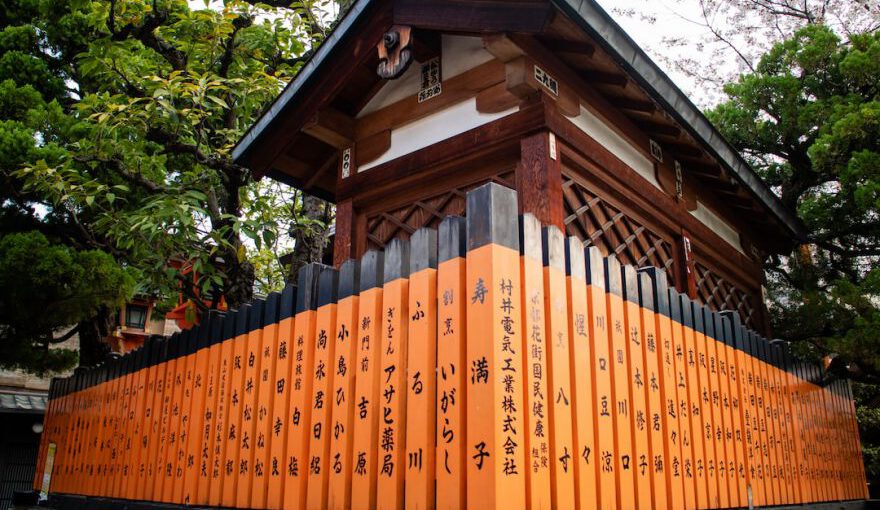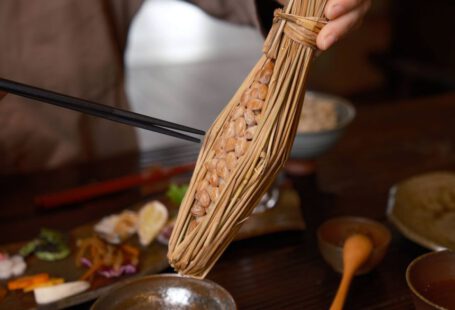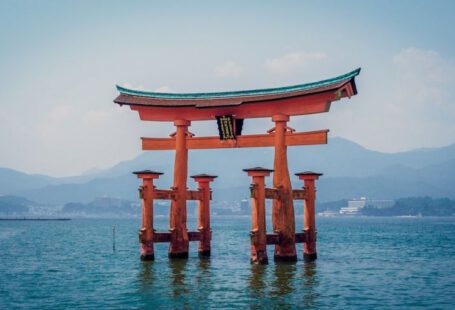Japan, a country known for its rich history, vibrant culture, and breathtaking landscapes, is a popular tourist destination that attracts millions of visitors each year. However, deciding when to visit this fascinating country can be a daunting task. With its four distinct seasons and a multitude of festivals and events, it can be challenging to determine the best time to experience all that Japan has to offer. In this article, we will explore the different seasons in Japan and highlight the best times to visit based on various factors.
Spring is arguably the most popular time to visit Japan, and for good reason. The cherry blossoms, known as sakura, paint the country in a stunning palette of pink and white. From late March to early April, parks, temples, and streets become adorned with these delicate flowers, creating a magical and ethereal atmosphere. Not only is this a visually stunning time to visit, but it is also when many traditional festivals and hanami, or flower-viewing parties, take place. If you are planning to visit during this time, be sure to book your accommodations well in advance, as it can get crowded.
Summer in Japan can be hot and humid, but it also offers unique experiences. The months of June and July mark the start of the rainy season, known as tsuyu. While this may deter some travelers, it is worth noting that the rain often brings cooler temperatures and lush green landscapes. If you are a fan of outdoor activities, summer is the perfect time to explore Japan’s beautiful countryside, hike its picturesque mountains, or relax on its stunning beaches. Additionally, summer is when many local festivals, such as the Gion Matsuri in Kyoto and the Nebuta Matsuri in Aomori, take place, providing a glimpse into Japanese culture and traditions.
Autumn, with its mild temperatures and breathtaking foliage, is another popular time to visit Japan. From late September to early December, the country transforms into a canvas of vibrant reds, oranges, and yellows as the leaves change color. This phenomenon, known as koyo, draws visitors from all over the world who come to witness the stunning beauty of nature. Kyoto, Nikko, and Hakone are just a few of the many destinations that offer breathtaking views of autumn foliage. Additionally, autumn is when Japan celebrates the harvest season with various food festivals, providing an opportunity to indulge in delicious local cuisine.
While winter may be the least popular season for tourists, it has its own charm and benefits. For those who enjoy winter sports, Japan offers world-class skiing and snowboarding opportunities in popular destinations such as Hokkaido and Nagano. The snow-covered landscapes, hot springs, and winter illuminations make for a picturesque winter wonderland. Furthermore, winter is when you can experience unique cultural events such as the Sapporo Snow Festival, where giant snow sculptures take center stage.
In conclusion, Japan offers something unique and special during every season. Whether you choose to visit during the cherry blossom season in spring, the vibrant foliage of autumn, or the snowy landscapes of winter, each season has its own distinct beauty and attractions. Consider your preferences, weather, and the activities and festivals you wish to experience when deciding on the best time to visit Japan. Regardless of when you choose to go, Japan is sure to captivate you with its rich history, awe-inspiring landscapes, and warm hospitality. So pack your bags, immerse yourself in the culture, and embark on a journey to the Land of the Rising Sun.





